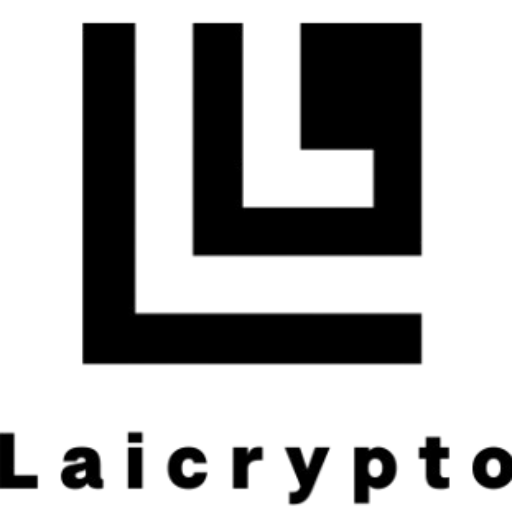Author: Michael Johnson
tl;dr: Ethereum Protocol Studies is returning for 2025. Visit epf.wiki to fill out the survey and join the town hall on Wednesday, Feb 12. The Ethereum Protocol Studies program (EPS) is back for 2025! Designed to lower the barrier to understanding Ethereum’s core protocol, EPS provides structured learning and a direct path to deeper protocol knowledge. Expanding Learning Resources Over the past year, we’ve created a curriculum covering foundational Ethereum concepts available to help onboard new participants. These recordings serve as an invaluable resource for newcomers and seasoned builders alike. Some highlights of the curriculum include this session on data…
Community & educationAleph de VeranoCrecimiento2-week event in Buenos Aires, Argentina featuring a ZK and fully homomorphic encryption (FHE) bootcamp, hackathon, demo day, and talks on DeFi, infrastructure, governance, and regulation.Community & educationAleph ZK Week3-day conference hosted during the Aleph pop-up city in Buenos Aires, Argentina, that provided a deep dive into programmable cryptography, multi-party computation (MPC), FHE, and decentralized identity systems.Community & educationAlgebraic Aspects in the Design and Cryptanalysis of Modern Symmetric Cryptography (ALPSY) 2025Research workshop that unites experts in arithmetic oriented symmetric-key primitives and their cryptanalysis to foster collaborations on significant research problems, including special sessions on Poseidon.Community &…
[05/03/2025] Sepolia Incident Update See this post. [27/02/2025] Holesky Incident Update On Feb. 24, 2025, the Pectra upgrade activated on the Holesky testnet. After the activation, a configuration issue in Besu, Nethermind and go-ethereum led to a chain split on Holesky. The issue was rapidly fixed, but the Holesky network performance is still degraded. More details on the incident can be found here. Sepolia Network Upgrade The Sepolia network upgrade timing is unchanged. The network is expected to fork at epoch 222464 (Mar. 5, 7:29 UTC). Node operators using the Besu, go-ethereum, Nethermind or Lodestar clients MUST upgrade their client…
Today, we are excited to announce the start of the Fusaka audit contest, co-sponsored by Gnosis and Lido, hosted on Sherlock, and running for four weeks from September 15th. The goal is simple: maximize scrutiny of the Fusaka upgrade and surface vulnerabilities before they can impact the network. To raise the stakes, valid findings reported in the first week have a 2x multiplier applied to their points rewarded, and those in the second week have a 1.5x multiplier. To help security researchers, we’ve prepared a Fusaka auditor guide. We’re grateful to Gnosis for contributing 100,000 USD and Lido for contributing…
Linea price has plunged over 90% after a chaotic airdrop rollout. Community backlash grew after Binance users claimed tokens first. Ecosystem shows Linea has hit a $2.5B TVL despite tokenomics and governance concerns. Linea’s much-hyped token launch has turned chaotic, with the LINEA price collapsing more than 90% within hours of its debut despite high-profile listings on Binance, Bybit, and OKX. The token, part of ConsenSys’ zkEVM Layer 2 network, surged briefly on September 9 from $0.030 to as high as $0.046 after its exchange listings. However, heavy profit-taking and a chaotic token airdrop process triggered a wave of selling…
Ethereum ETFs lost $505M in just four days amid profit-taking and economic uncertainty. Bitcoin ETFs gained $284M, signaling a shift toward perceived safer crypto assets. Analysts warn volatility may continue, but long-term fundamentals for Ethereum remain strong. Ethereum ETFs took a sharp hit, losing $505 million in just four days. The pullback follows a strong Q3 rally, where inflows and prices were hitting new highs, but investors suddenly hit the brakes. Rising economic uncertainty and profit-taking appear to be behind the sudden flight. Bitcoin ETFs, by contrast, drew in $284 million over the same stretch, showing investors are still hungry…
A major split is emerging between Bitcoin and Ethereum in the market. Bitcoin is acting as a macro hedge, holding steady around $112,000. Traders are actively positioning for upside in Ethereum, eyeing $5,000. A profound and telling split has fractured the cryptocurrency market. Bitcoin, the long-reigning king, has settled into a stoic holding pattern, a defensive fortress against the gathering storms of macroeconomic uncertainty. But the real action, the aggressive positioning for explosive growth, is happening in a different court. A great rotation is underway, and traders are increasingly placing their bets on a new champion to lead the charge…
The crypto market is bracing for “Red September,” its historically worst month. The Crypto Fear and Greed Index has plummeted into the “fear” zone. Bitcoin is holding critical support around the 108,000 dollar level for now. A fragile and deceptive calm has settled over the cryptocurrency market as September begins, a quiet start to what history warns is the cruelest and most unforgiving month of the year. While prices are holding steady for now, a powerful undercurrent of fear is gripping traders, as seasonal weakness collides with a high-stakes macroeconomic picture, setting the stage for a potentially volatile and brutal…
Ryuta Aoki Ryuta is an artist, artistic director, conceptual designer, system architect, software engineer, entrepreneur, and social sculptor based in Tokyo. Ryuta describes his Learning Artifact, SOTOROJI, as part of a series of spatial devices that lead from the ordinary to the extraordinary, utilizing the modern social affordance of “seeing a QR code and scanning it with a camera,” just as soto-roji (the outer garden) in the Japanese tea ceremony serves as a space leading to a world of profound subtlety. SOTOROJI was featured as an art piece at the Devcon venue, viewed by thousands of attendees. Source link
As previously announced, the Holešky testnet has reached its planned end-of-life date and will be sunset shortly. The vast majority of remaining validator nodes will be shut down 2 weeks after the Fusaka upgrade has finalized on Holešky. After this, Holešky will no longer be supported by client, testing or infrastructure teams. Following the launch of the Hoodi testnet in March 2025, infrastructure providers and staking operators have had the opportunity to migrate their testing operations. Background Holešky was launched in 2023 as Ethereum’s largest public testnet, designed specifically for testing staking infrastructure and validator operations at scale. The network…


